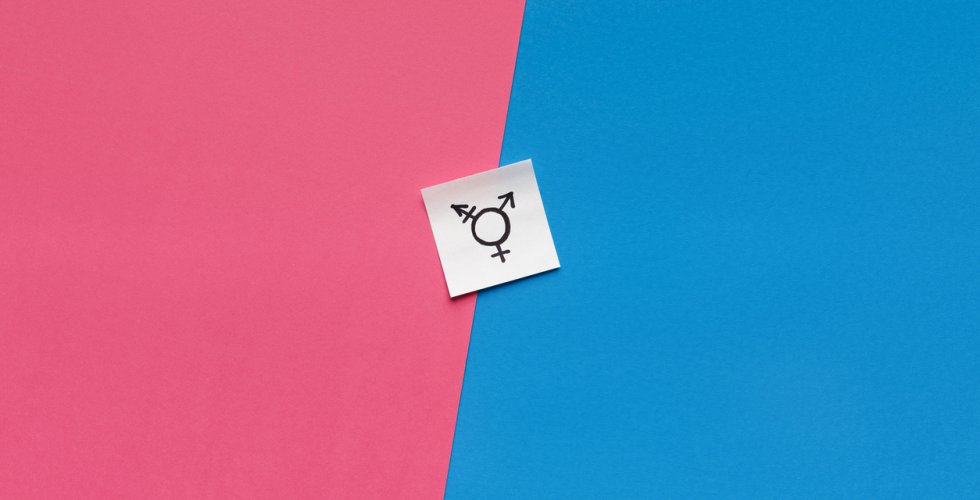
Check-list and commonly asked questions
Knowing where to begin can be hard. Here we answer some commonly asked questions and make suggestions for a check-list that you can use in your work for inclusion.
This is a text for people who are active within sports, on a decision-making level, as a trainer or otherwise involved.
Check-list
The check-list is designed to help associations and federations identify measures that would lead to the inclusion of exercisers with trans experience.

- Have you decided to promote the inclusion of exercisers with trans experience in your association?
- Do you take active measures to train employees, trainers, players, volunteers, and members?
- Do you have an appointed administrator?
Policy
Does your association or federation have a publically accessible policy that:
- Especially promotes the inclusion of exercisers with trans experience,
- clearly states that participation in sports should be based on an individual’s gender identity and not the gender assigned at birth,
- guides employees and volunteers in the work to include exercisers with trans experience and to manage issues that may arise as a consequence of that work in a competent manner,
- assures that non-binary people can participate in the activities in your association or federation?
Code of conduct
- Does your association or federation have a code of conduct with zero tolerance for harassment?
- Does your association or federation offer appropriate training for employees, players and volunteers in how to prevent harassment of exercisers with trans experience?
Clothes
- Does your association or federation offer exercisers a comprehensive selection of styles and sizes that fit different body-shapes?
Premises
- Are your sports association’s current premises accessible?
- If your association changes premises, renovates your current premises or builds new premises, will they be designed based on inclusion?
To collect and use personal information
- Does your association have an inclusive collection process in place?
- Does your association have safety routines in place to assure that the information is kept privately and confidentially?
Commonly asked questions

What about testosterone?
There’s limited research on the effect of testosterone on the athletic performance in women with trans experience.
Testosterone is a hormone produced by the human body. Men usually produce higher quantities of testosterone than women.
Higher testosterone levels are generally associated with greater strength, muscle mass and endurance. Even though testosterone affects these physical abilities, many other factors also influence the ability to perform.
Do some people transition to gain an advantage in competitions?
Undergoing an assessment and receiving gender-affirming care is a complex long-term process. There is no evidence that people have transitioned to gain a competitive advantage. For athletes with trans experience, as for all athletes, sports is about the physical, social and mental benefits that result from exercise.
How do I make my sport more inclusive for non-binary people?
Non-binary is a term that describes a person that doesn’t fully identify as neither man/boy nor woman/girl.
It may seem difficult to include non-binary people in sports since sports are often gender-divided, but there are easy ways to include non-binary people in sports. Some strategies are:
- Creating gender-neutral categories,
- allowing the participants to choose teams based on gender identity,
- allowing for a number of gender non-specific positions in mixed competitions (for example 40% women, 40% men, 20% gender non-specific),
- re-phrasing regulations to include non-binary people.
